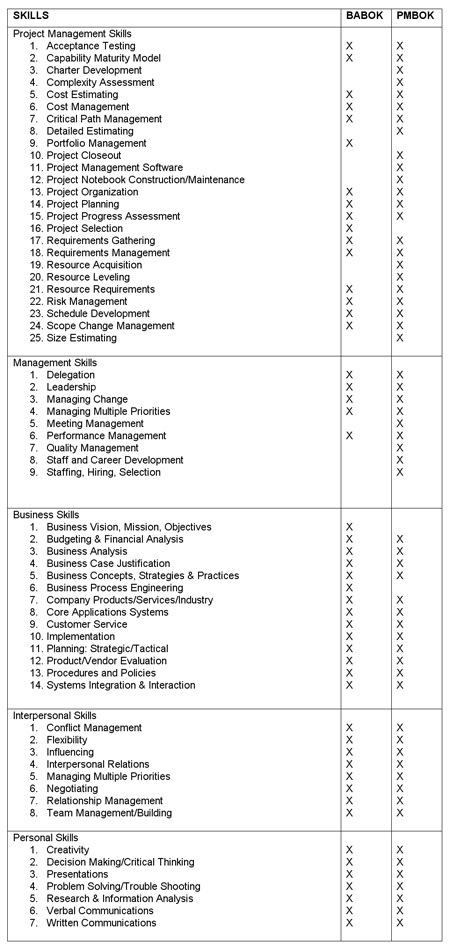From Good to Bloody Excellent
In the last month’s piece, I outlined my vision for a highly successful PMO. The question that no doubt has arisen in the mind of many a PMO leader is: “This is all very nice, but how does one get there?”
Fair comment! As a consultant, I deal with this question often. My clients expect me to not only develop a vision and a strategy, but also to translate them into tangible, actionable items. So, this is what they get.
As a rule, transitioning of a PMO requires executive sponsorship, for at least five reasons:
- Changes to the PMO model often have structural implications, meaning that people may be hired or let go, reporting lines may change and job responsibilities altered.
- There are often financial (budgetary) implications.
- Change management should include communication at appropriate levels. The message often needs to come from upstairs.
- Left to their own devices, organizations naturally resist change. Executive support is usually necessary to provide for requisite impetus. (There are other ways in which a change may occur. See, for example, Warren Bennis’s Why Leaders Cannot Lead).
- A successful transition, while providing significant value to the organization, would go unrewarded if it flies below the executive radar.
As a reminder, my vision contained five key factors:
- Appropriate PMO model
- Competency
- Business acumen and business alignment
- Presence
- Innovation
Of the five factors, choice of the appropriate PMO model is the one where a generic can potentially be extremely harmful. A careful yet swift analysis is appropriate to determine the most relevant configuration. Usually, there is a choice of options. The confines of this posting do not allow expanding on this topic to the extent it deserves, but a couple of thoughts need to be shared.
First of all, the culture of the organization, its strategy, typical projects and reporting relationships need to be considered. For example, organizations with a high degree of initiative, engaged workforce and a culture of innovation may be good candidates for a decentralized PMO. By that I mean an entity which promotes project management practices across the enterprise, provides portfolio management support and enables project managers through provisioning of tools, techniques, coaching and mentoring.
Second, there is nothing sacrilegious in adopting a multiple PMO model in organizations consisting of business units with unique needs, disparate risk tolerances and unique cultures.
The good news is the rest of the factors in my vision are dependant on development of the business acumen and achieving of business alignment. It drives the development of the core competencies within the PMO in the direction dictated by the needs of the business. It develops the sense of presence by instilling the trust towards the PMO. In turn, trust develops when PMO staff is heard and seen speaking and acting with full understanding and in the best interests of the business. The last point, innovation, flourishes and becomes much more relevant to the business because it is guided by the framework of business needs.
So, how can a PMO leader advance the business acumen of the organization? This must be an expensive proposition!
Here are a few steps that come at no or little cost and help achieve dramatic positive change.
- Develop communication skills and promote cross-learning through frequent staff presentations to peers on best practices.
- Frequently discuss business environment, priorities, the company’s strategy, recent events and other business topics with your staff. Don’t assume they’re familiar with terms and concepts. Educate, share, and ask for their opinions.
- Promote the culture of openness and transparency, and encourage questions about business decisions. In the absence of such culture, people tend to develop their own, often incorrect, interpretation, or just declare the decision “stupid.”
- Invite heads or senior staff of other departments to come and speak to PMO staff about their respective functions, the work they are engaged in, current priorities and concerns. Such sessions are very effective in promoting mutual understanding and awareness.
- Hire a coach who will work with you and your staff (athletes have them, and so do successful organizations). For a modest investment, you’ll be able to dramatically improve your learning process.
- Hold “open door” events and invite the rest of organization to see the PMO from inside. This will promote trust, appreciation, and understanding.
- Invite guest experts to speak on a variety of business topics, from how to read financial statements to what marketing is all about. Invite other departments and split the expense.
- Adopt the “train the trainer” model: send one person on a course and have him or her teach this same subject internally.
- Read good business press relevant to your location and industry, forward to your staff, and instigate insightful discussion.
There is no excuse for not doing this today.
 Here we are already with the second Summer ProjectTimes and, as usual, we have some articles and blogs that we feel sure will give you food for thought and plenty to discuss with colleagues.
Here we are already with the second Summer ProjectTimes and, as usual, we have some articles and blogs that we feel sure will give you food for thought and plenty to discuss with colleagues. 